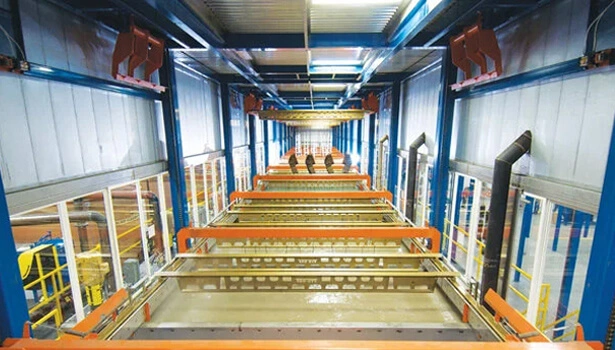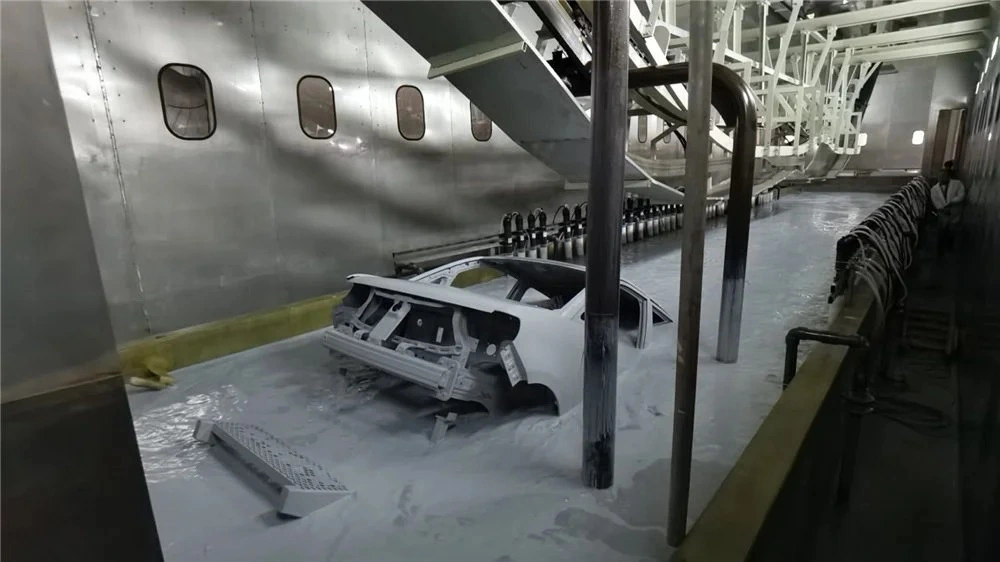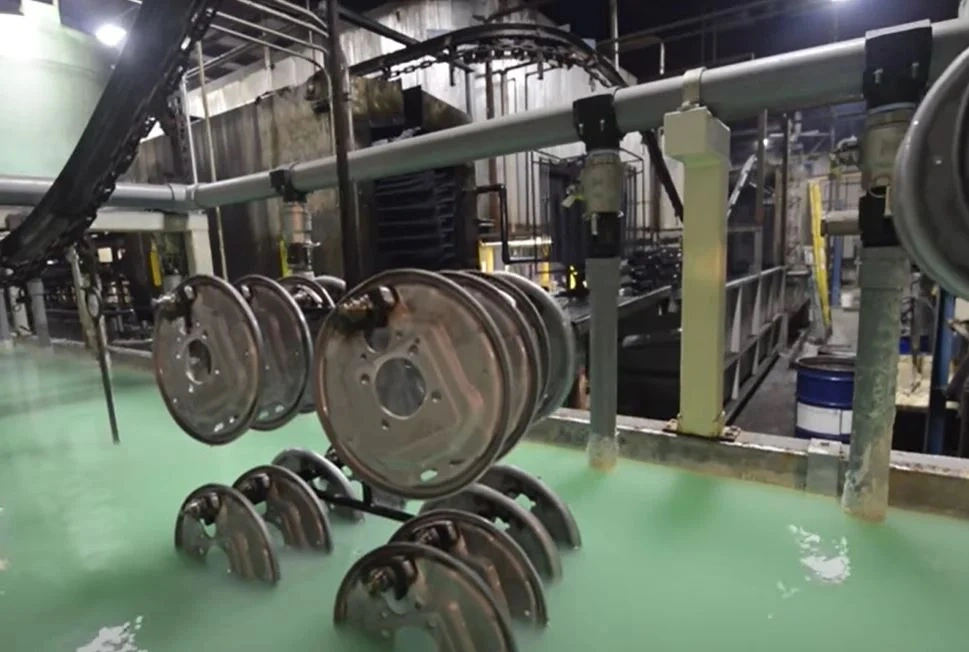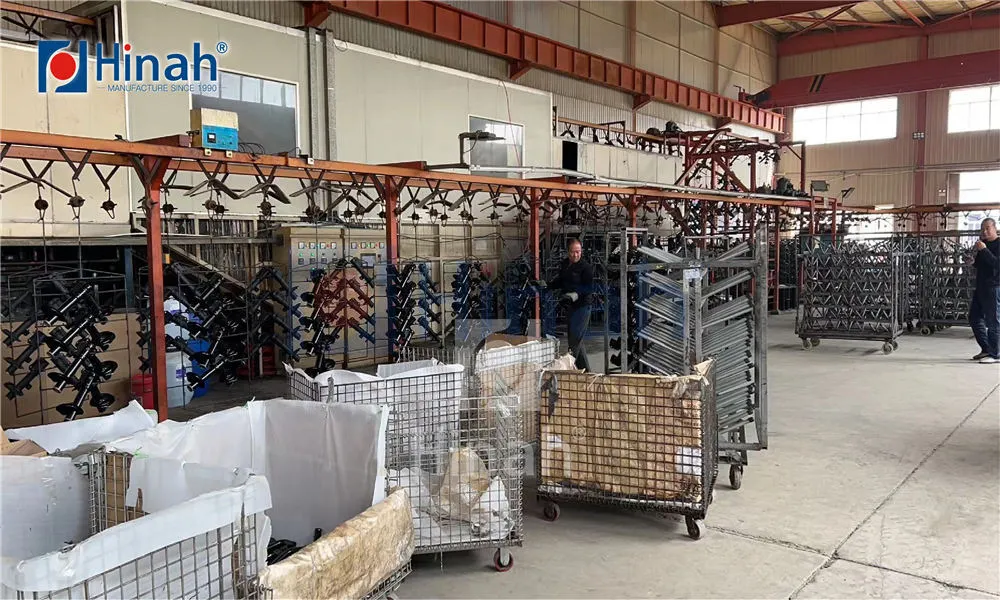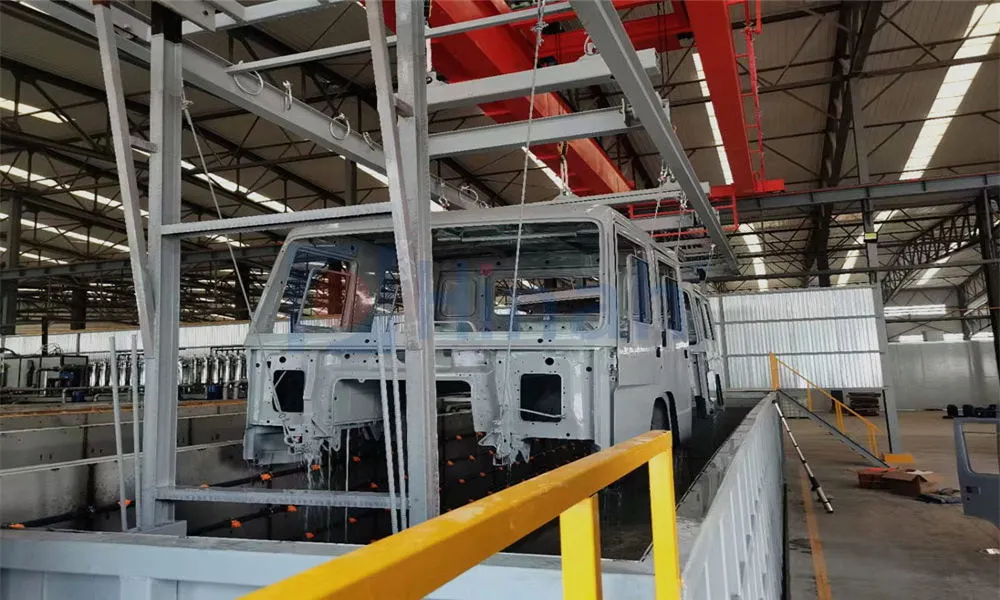In the world of industrial finishing, powder coating systems have become the gold standard for applying a durable, high-quality, and environmentally friendly protective layer. Whether you're a manufacturing manager looking to upgrade your line or a business owner exploring this technology for the first time, understanding the intricacies of these systems is crucial for making an informed investment. This comprehensive guide will walk you through the seven critical factors you must consider, highlighting how advanced solutions from industry leaders like HANNA can transform your production capabilities.
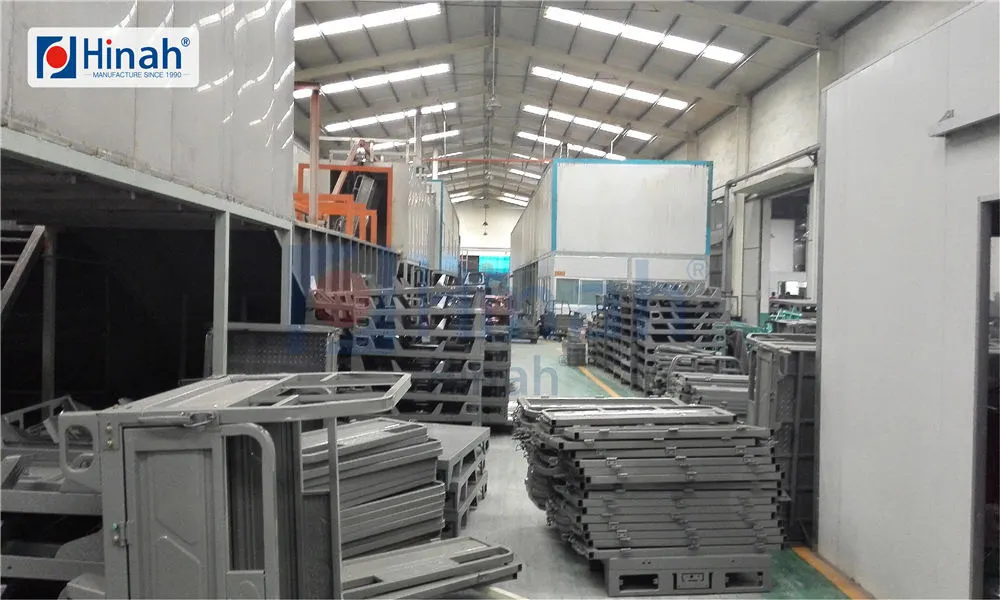
1. Understanding Powder Coating Systems: More Than Just Paint
At its core, a powder coating system is an integrated setup designed to apply a dry, free-flowing thermoplastic or thermoset polymer powder to a metal substrate. Unlike traditional liquid paint, this material contains no solvents and is applied electrostatically before being cured under heat to form a hard, uniform "skin." The primary components of a complete system include a pre-treatment stage (cleaning and phosphating), an application booth, a recovery system (like a cyclone or cartridge filter), and a curing oven. The efficiency of this entire process chain directly impacts the final quality, operational cost, and return on investment.
2. The Unbeatable Advantages: Why Industry Prefers Powder
The shift towards powder coating systems is driven by a compelling list of benefits:
Superior Durability: The finished coating is highly resistant to chipping, scratching, fading, and corrosion, far outperforming many liquid alternatives.
Environmental Compliance: With zero or very low Volatile Organic Compounds (VOCs), powder coating systems are a more sustainable solution, simplifying compliance with stringent environmental regulations.
Economic Efficiency: While the initial setup cost can be significant, the long-term savings are substantial. Nearly 100% of overspray can be reclaimed and reused, drastically reducing material waste.
Excellent Finish Quality: These systems produce a consistent, high-quality finish with a uniform thickness, even on complex geometries, eliminating runs and sags common in liquid painting.
3. The Core Components of a Modern Powder Coating Line
A fully automated powder coating system is a symphony of coordinated parts. When you look to purchase a system, you are investing in this entire ecosystem.
Pre-Treatment Stage: This is arguably the most critical step for adhesion and longevity. It typically involves multiple stages like cleaning, rinsing, iron or zinc phosphating, and a final rinse to prepare the metal surface.
Application Booth & Guns: This is where the magic happens. Items to be coated are grounded, and the powder is charged electrostatically as it is sprayed from automatic or manual guns. Leading suppliers like HANNA offer advanced booth designs that maximize operator safety and powder recovery.
Powder Recovery System: This component is key to the economic argument for powder. Systems using high-efficiency cartridge filters or cyclones capture overspray, allowing clean powder to be fed back into the application loop.
Curing Oven: The final step involves heating the coated parts in a convection or infrared oven. This melts and cross-links the polymer, creating the final durable finish. Precise temperature and time control are essential here.
4. A Step-by-Step Guide to Selecting Your System
Choosing the right powder coating system is not a one-size-fits-all process. Your choice should be dictated by your specific operational needs.
Analyze Your Production Requirements: What is your throughput (parts per hour)? What are the typical sizes and shapes of your substrates? This will determine the scale and conveyor type of your system.
Define Your Quality and Finish Goals: Are you coating agricultural machinery requiring a thick, rugged finish, or consumer products demanding a flawless aesthetic appearance? This influences the choice of powder, application guns, and control systems.
Evaluate Space and Utility Constraints: A comprehensive powder coating system requires significant floor space and access to sufficient electrical power, natural gas, and compressed air. A detailed facility audit is a necessary first step.
Consider Automation vs. Manual Operation: For high-volume, consistent parts, an automated system with robotic guns is the most efficient solution. For low-volume, high-mix scenarios, manual or hybrid systems may be more appropriate.
Assess the Total Cost of Ownership (TCO): Look beyond the initial purchase price. Factor in installation, energy consumption, maintenance, and the efficiency of the powder recovery system, which directly impacts your material cost.
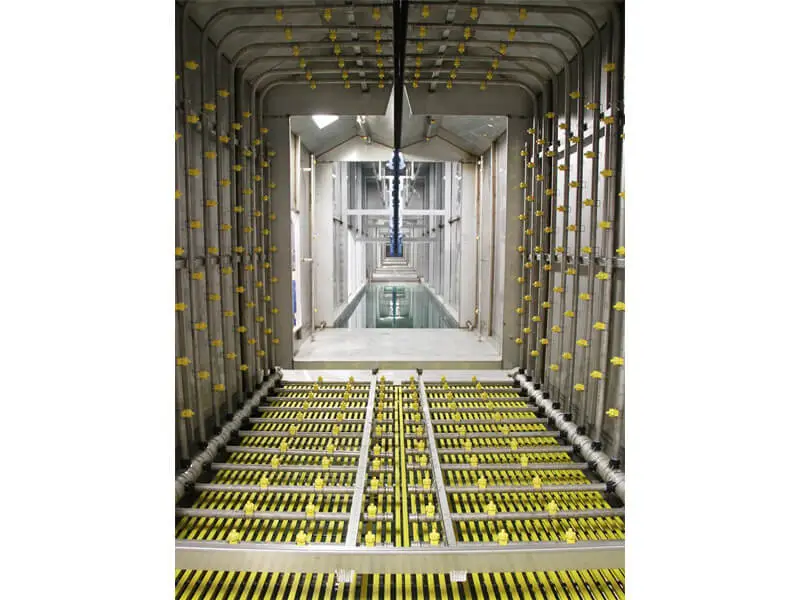
5. Navigating the Financials: Cost and ROI Analysis
The cost to purchase and install an industrial powder coating system can range from tens of thousands for a simple manual setup to several million for a fully automated turnkey line. Key cost drivers include:
Level of automation
Size and complexity of the pre-treatment and oven
Sophistication of the powder recovery technology
Brand reputation and engineering support, such as that offered by established names like HANNA
A well-designed system from a reliable partner typically delivers a strong ROI through reduced material waste, lower labor costs, higher throughput, and a significant reduction in rejected parts.
6. HANNA: Your Partner for Advanced Coating Solutions
When reliability and performance are non-negotiable, partnering with an industry leader is essential. HANNA has built a global reputation for designing and manufacturing robust, high-efficiency powder coating systems. A HANNA system is more than just equipment; it's a comprehensive solution backed by deep engineering expertise. From compact manual lines for job shops to fully integrated automated systems for Fortune 500 manufacturers, HANNA provides the technology and support to ensure your finishing operation is a competitive advantage. When you decide to purchase from HANNA, you are investing in decades of innovation and a commitment to your success.
7. The Future is Here: Emerging Trends in Powder Coating
The technology behind powder coating systems continues to evolve. We are seeing a rise in low-temperature cure powders, which allow for coating heat-sensitive substrates like certain plastics and pre-assembled components. Furthermore, the integration of Industry 4.0 principles, including IoT sensors and data analytics, is creating "smart" systems that can predict maintenance needs, optimize energy usage, and ensure consistent quality with minimal human intervention. Staying informed about these trends is crucial for any business looking to maintain a leading edge.
Frequently Asked Questions (FAQs)
Q1: How durable is a powder coated finish compared to traditional wet paint?
A1: A powder coated finish is significantly more durable. It is highly resistant to impact, moisture, chemicals, and UV radiation, making it less likely to chip, peel, or fade over time compared to standard liquid paints. This is why it's the preferred solution for automotive parts, outdoor furniture, and appliances.
Q2: What is the typical cost range for a small to medium-sized powder coating system?
A2: The cost can vary widely based on configuration. A basic manual powder coating system for a small shop might start around $30,000 - $50,000. A semi-automated medium-sized system with pre-treatment and an oven can range from $150,000 to $500,000. It's best to consult with a supplier like HANNA for a detailed quote based on your specific needs.
Q3: Can powder coating be applied over existing paint or coatings?
Q3: Generally, no. For optimal adhesion and performance, the substrate must be completely bare and clean. Existing paint, rust, and oils must be thoroughly removed in the pre-treatment stage of the powder coating system to prevent defects and ensure the coating's longevity.
Q4: Is it possible to achieve thin film coatings with a powder system?
A4: Yes, advancements in powder chemistry and application technology, particularly with tribo-charging guns and new powder formulations, now allow for very thin, uniform coatings that rival the appearance and performance of high-quality liquid finishes. Many modern powder coating systems are designed specifically for this purpose.
Q5: We are considering purchasing a used powder coating system. What should we look out for?
A5: While a used system can offer a lower upfront cost, it's crucial to inspect it thoroughly. Check for corrosion in the oven and pre-treatment tanks, test the functionality of the guns and control systems, and verify the availability of spare parts. Partnering with a company like HANNA for an inspection or considering their refurbished systems can mitigate the risks associated with used equipment.



